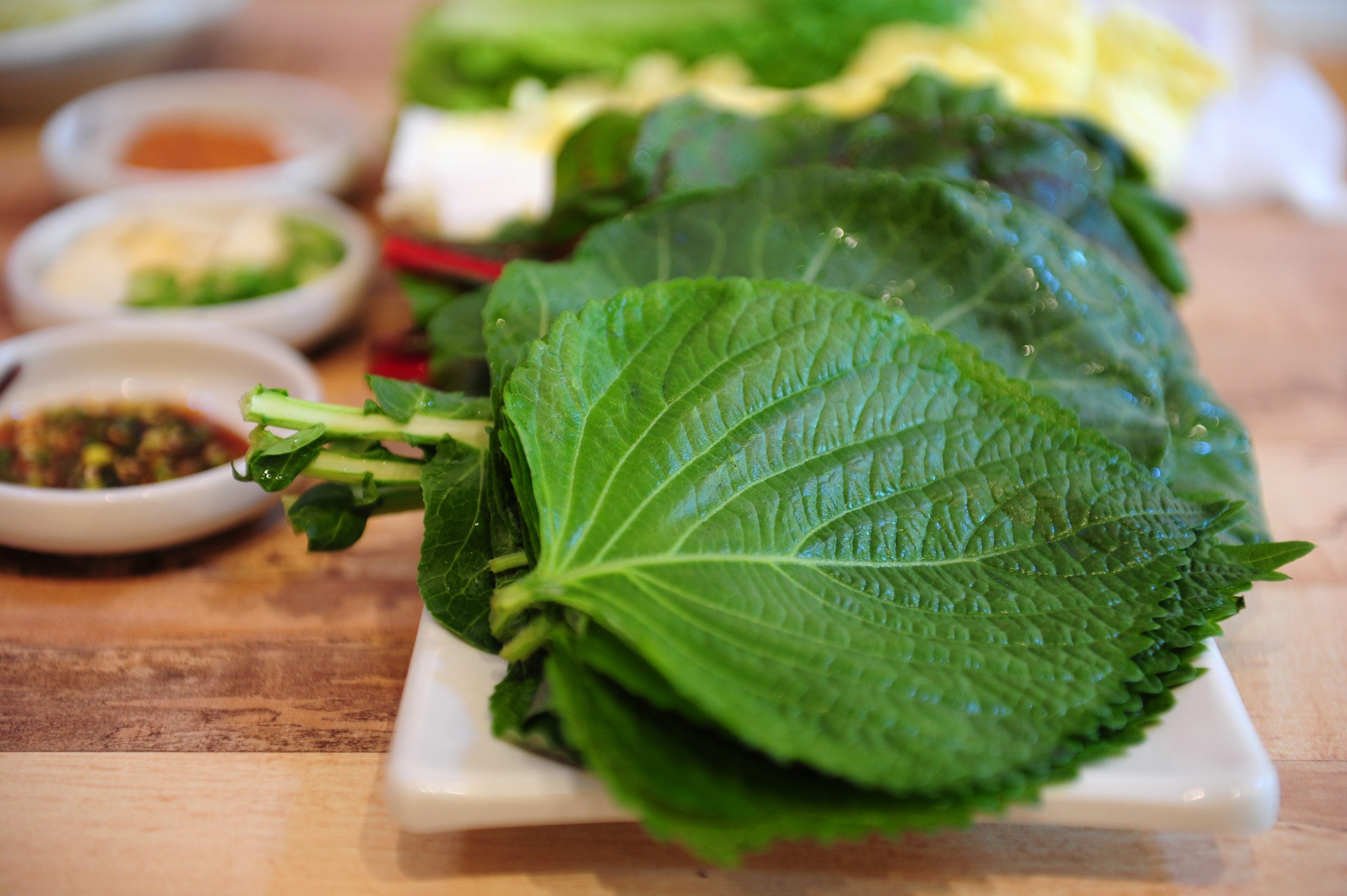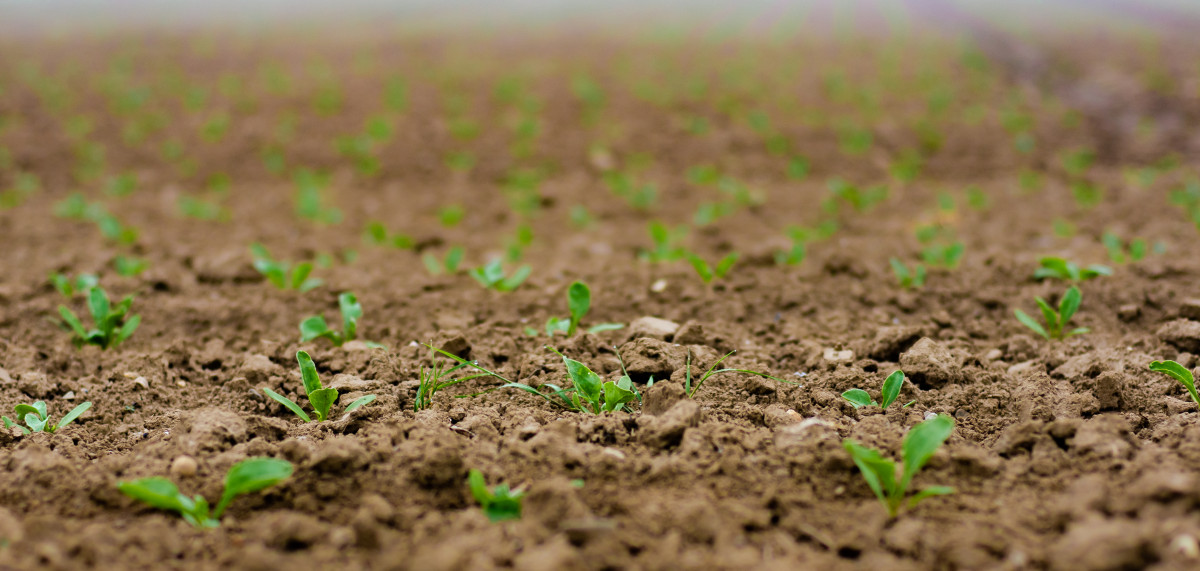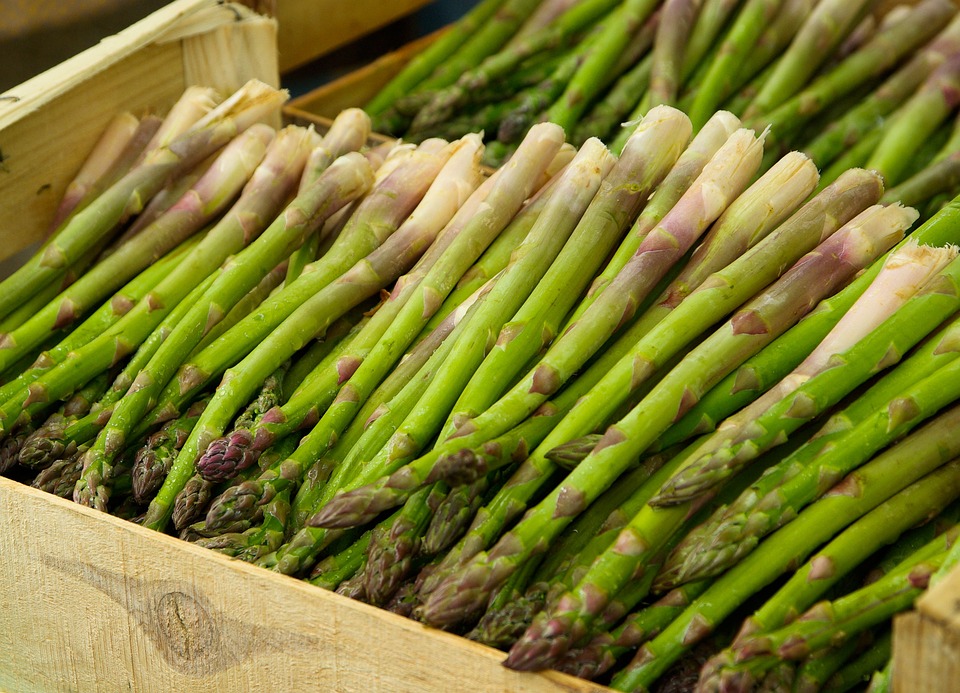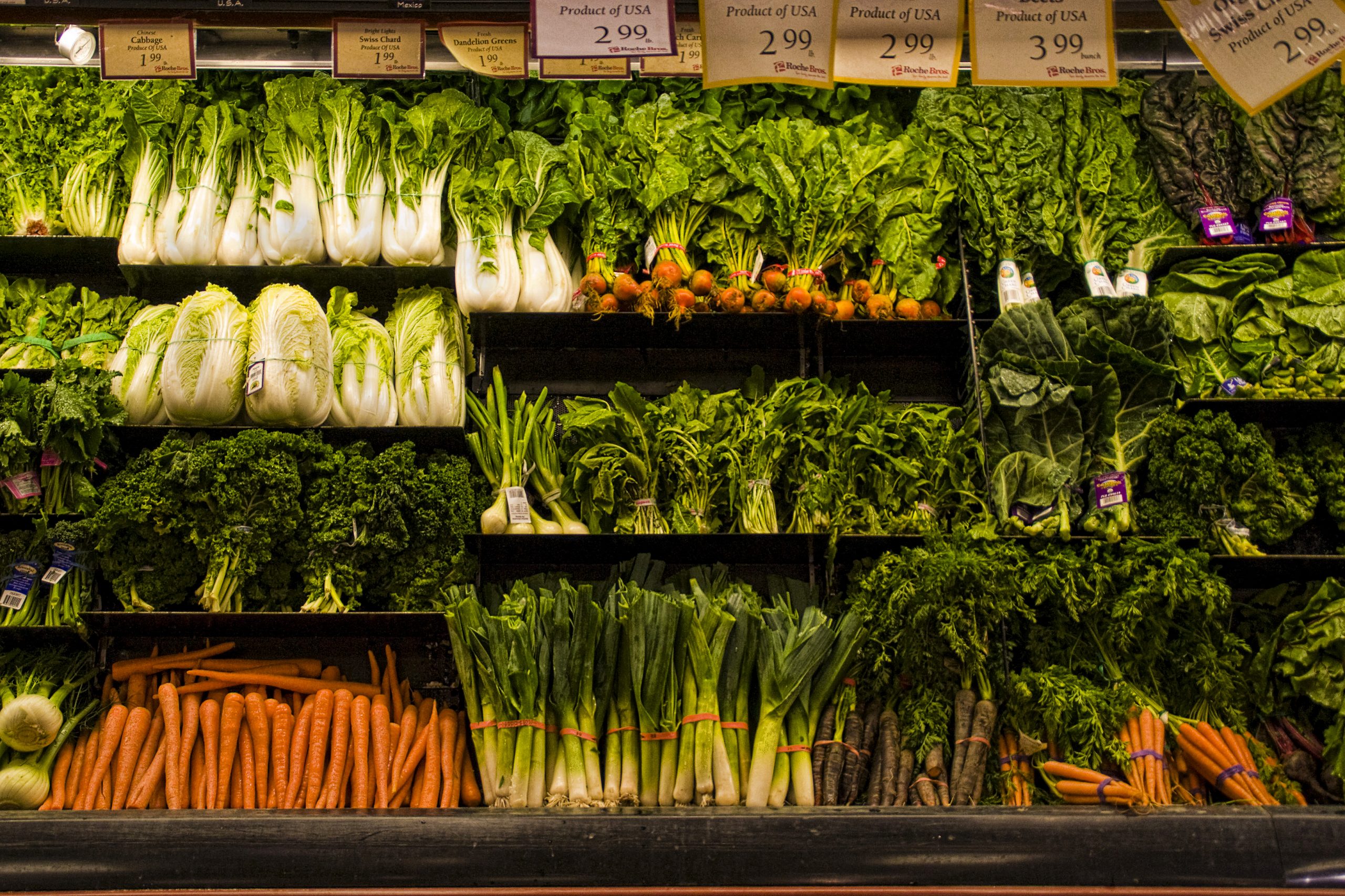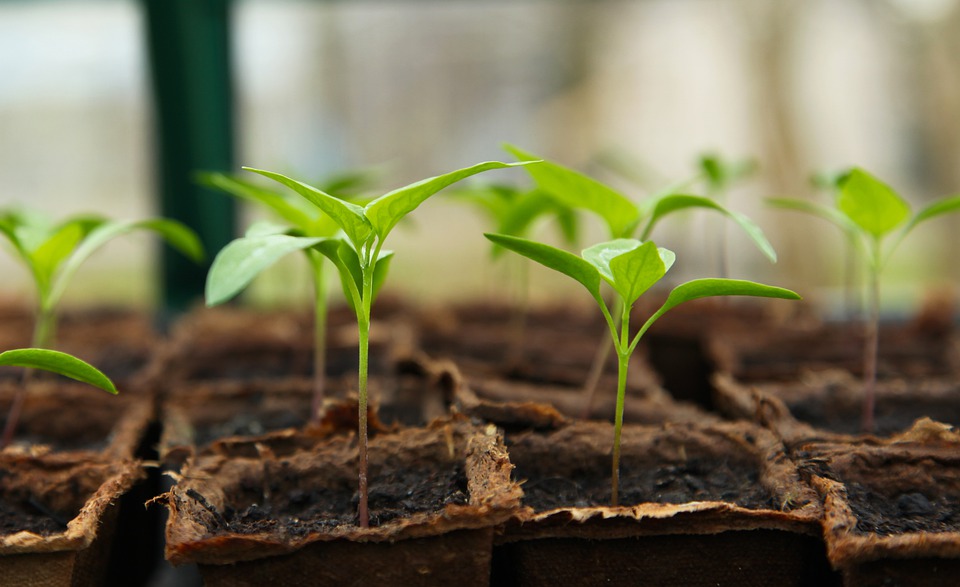Different in taste, texture and color and from kimchi to samgyeopsal, jjajangmyeon and Bibimbap, the Korean cuisine is like that priceless, irreplaceable and exquisite piece of art.
If you are an avid gastronome of Korean cuisine (just like me), you could start growing the following Korean vegetables in your garden.
#1. Korean Melon

The Korean melon, also called the Korean sweet melon, is a yellow fruit with the same size as a papaya and with a unique fragrance and very sweet taste. This fruit is predominantly grown in Korea, China and Japan. Today, it can also be found in some parts of Hawaii and California. Some believe that the Korean melon came from East India and was then brought to China.
Compared to other melons, it has thin skin, small and soft seeds and the white flesh is absolutely flavourful and crispy. One could say that it tastes exactly like a pear.
This oriental melon can now be found in a range of varieties in different countries, but the most popular remains euncheon-chamoe in Korean or ginsen makuwa in Japan.
Now, let me share some tips about growing this tasty fruit?
- Buy some good-quality seeds from genuine people and then plant a few seeds on small but raised hills (mixed with organic fertilizer).
- Usually, they should be grown during a long and warm season.
- As they are vining plants, they require a trellis or some other support system.
- Keep in mind that they need full sun exposure during the day.
- When it comes to watering, two inches of water will be enough to settle the soil at first. But afterward, a minimum of 1 – 2 inches of water per week is necessary. And, another essential tip is to stop watering the plants once the fruit has grown to a good size but has not ripened yet. Otherwise, at this stage, the melons can become bland and watery in taste.
- It would be best if you also implemented pest-resistant measures as this plant is susceptible to aphids, squash bugs, cucumber beetles, and various other pests.
#2. Korean Chili Peppers
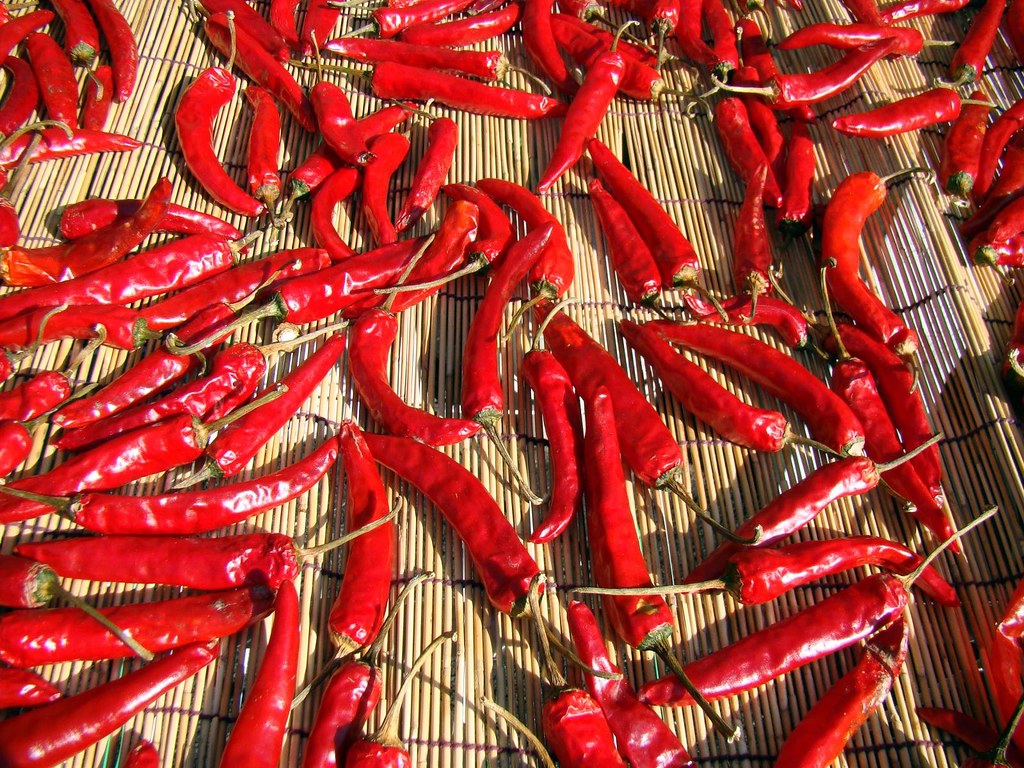
Whether you are a fan of K-pop or K-drama, kimchi is a staple dish famous in Korean cuisine that saw a noticeable increase this year (and we all know why).
Thanks to the new K-drama Crash Landing on You, featuring Hyun Bin and Son Ye-Jin, kimchi has gained the attention of many new fans (especially that kimchi-making scene in North Korean villages).
And, let’s not forget how BTS (the best, best K-pop group ever – sorry, that was the fangirl in me), used the platform of Run BTS, a Korean variety show, to publicly introduce kimchi as a traditional Korean food (and we got a very entertaining episode out of each member’s struggle to make kimchi).
But, today, the star is not kimchi, but rather that one ingredient that makes this dish exceptional: Korean chili peppers.
Also known as Gochugaru, Korean chili peppers are long and slim chili peppers that bear a deep, spicy flavor with just a little hint of sweet taste. And, if you haven’t tasted them yet, I can bet you would be an addiction to their piquant charms (even when it seems your tongue was removed, placed in a pit of fire and then placed back in your mouth). Instead, I would say it is that pleasant burn and sear feature that made Koreans obsessed with chilies and spicy food.
Now, there is a wide range of varieties, such as:
- Put-gochu/ Hong-gochu: Tender and crunchy, these peppers are just perfect for a nice barbecue during summertime.
- Ggwari-gochu: Don’t let yourself be fooled by their small size. These chilies are hot enough to create a total blast.
- Cheongyang gochu: Trust me, with these chilies, you won’t only breathe fire, but you will get a burning butt (and no, I am not joking). These are the spiciest chilies in Korea and are between 4,000 and 10,000 Scovilles.
So, if you are ready to get a lot of heat, buy the seeds and plant them during a warm season. And, remember, these plants don’t like too much water.
When you get enough of always watching those people devouring and savoring delicious Korean dishes, what you can do is to start your own Korean garden. And, well, can’t we grow what we want to eat?

